Apple has just introduced its all-new Mac mini, which is more powerful and compact and was designed for Apple Intelligence. The compact, “do-it-all” desktop now features the power of M4 and M4 Pro and marks an important environmental milestone as the first carbon-neutral Mac. All details are below, plus a bit of history about the evolution of this compact Apple machine.
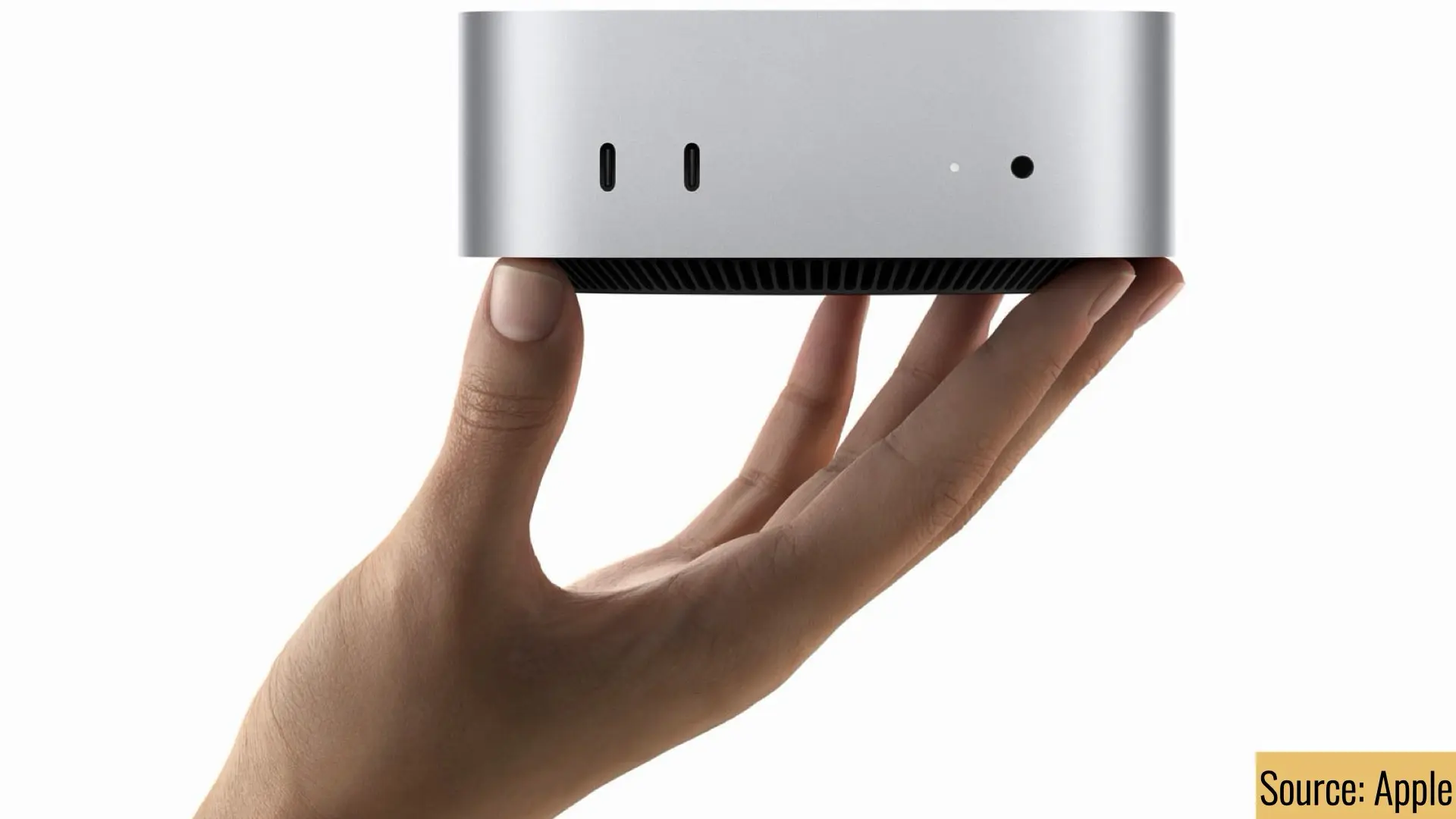
A bit of ‘Mac mini History’
The Apple Mac Mini has long held a unique position in Apple’s lineup, standing as a versatile, compact machine aimed at both personal and professional users. Since its inception in 2005, the Mac Mini has continuously evolved, combining affordability with remarkable performance to meet the needs of creatives, video editors, and even developers. Over the years, Apple’s vision for the Mac Mini has transitioned from a simple entry-level desktop to a power-packed device capable of taking on high-performance tasks—especially in video production. Here’s a bit of history in this exceptional Apple product:
The origins of Mac Mini: A gateway to Apple’s ecosystem
Apple introduced the Mac Mini in January 2005, envisioning it as an affordable and accessible entry point to the Mac ecosystem. In an era dominated by bulky desktops, the Mac Mini’s design was revolutionary: a compact, all-in-one unit that allowed users to plug into their own monitors, keyboards, and peripherals. With its minimalist aesthetic and small footprint, it appealed to a broad audience, particularly those curious about macOS but hesitant to invest in a more expensive iMac or MacBook. Initially, the Mac Mini was marketed as a lightweight, low-power alternative for basic computing tasks. However, Apple quickly noticed a growing trend of creative professionals drawn to the device’s understated power and adaptability. This momentum laid the groundwork for future iterations that would cater specifically to professional needs.
The 2018 boost: A turning point for professionals
For over a decade, Apple gradually upgraded the Mac Mini’s internal components but kept the general design and purpose relatively stable. That changed dramatically in 2018 when Apple released a powerful new version aimed squarely at professional users. This model, equipped with Intel’s 8th-generation processors and up to 64GB of RAM, marked a massive performance upgrade that appealed to filmmakers, video editors, and content creators looking for a robust yet compact solution for heavy-duty workflows. The 2018 Mac Mini was heralded as a creative workhorse, sparking renewed interest in Apple’s smaller desktops among media professionals. As we noted in its review, Apple Boosts Its Mac Mini: Massive Performance Upgrade for the Pros, this was more than a modest refresh—it was a game-changing leap that could handle demanding software, including professional video editing and post-production tools. The 2018 Mac Mini showcased Apple’s commitment to supporting the pro community, indicating that the Mini was no longer just an entry-level Mac but a powerful machine that could meet pro-level demands.
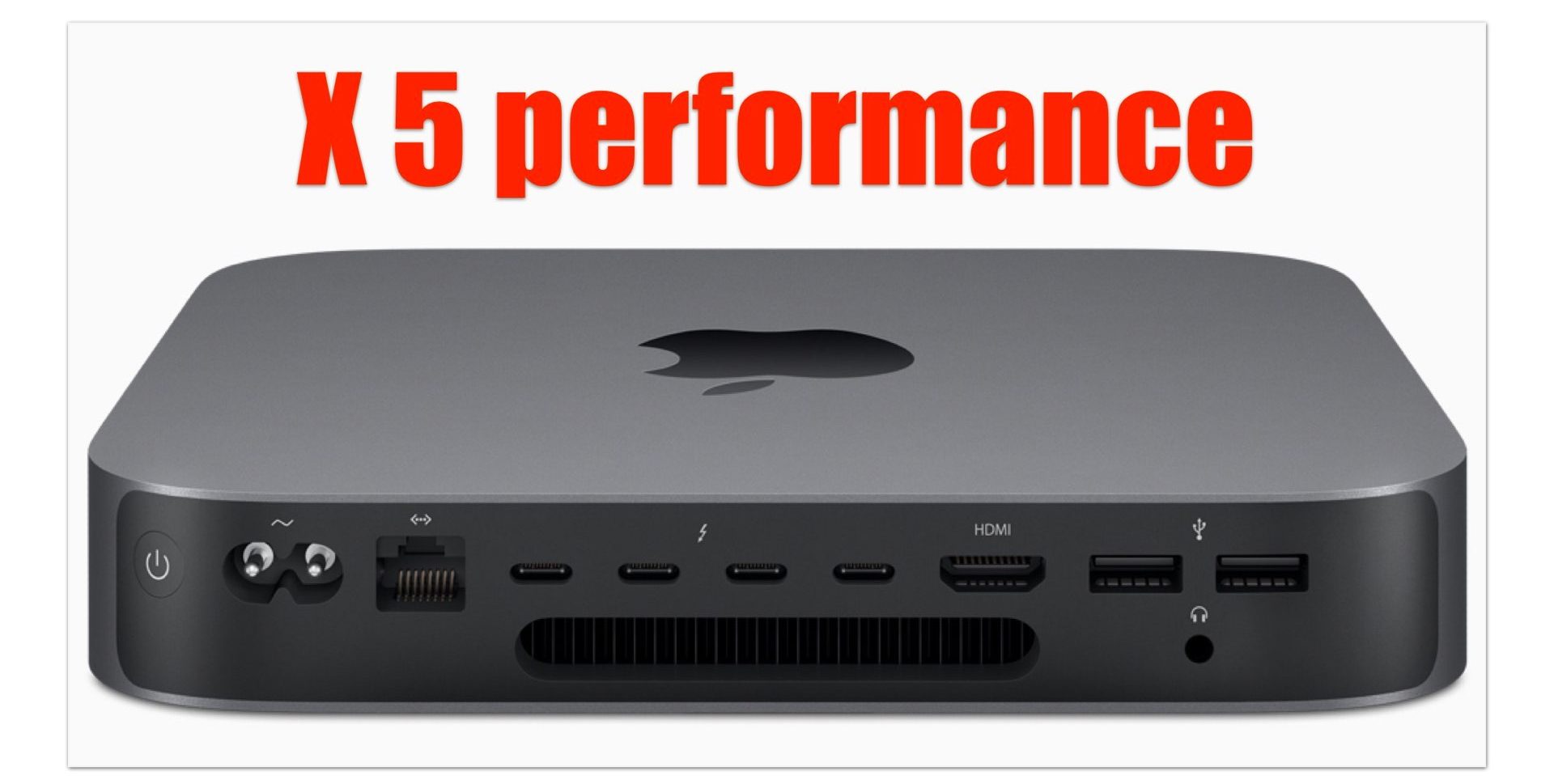
The Apple Mac Mini has long held a unique position in Apple’s lineup, standing as a versatile, compact machine aimed at both personal and professional users. Since its inception in 2005, the Mac Mini has continuously evolved, combining affordability with remarkable performance to meet the needs of creatives, video editors, and even developers. Over the years, Apple’s vision for the Mac Mini has transitioned from a simple entry-level desktop to a power-packed device capable of taking on high-performance tasks—especially in video production.
Enter the Apple Silicon era: M1 and M2 Mac minis
Apple’s 2020 shift from Intel processors to its custom Apple Silicon marked a defining moment in Mac Mini’s history. The Mac Mini was one of the first devices to sport Apple’s M1 chip, a leap forward in efficiency and power. The M1 Mac Mini’s performance per watt was unprecedented, enabling it to run professional-grade applications with remarkable efficiency and speed. Creators who had previously invested in far larger, more expensive setups found that the new M1 Mac Mini could rival or even outperform their existing machines. This evolution continued with the release of the M2 Mac Mini in 2023, an even faster machine with enhanced GPU capabilities. The Apple Mac Mini M2: Good Enough for Professional Video Editing? an article we wrote explored its potential in creative workflows, noting that the M2 Mini offered more than enough power to handle the complex demands of professional video editing. By leveraging the power of Apple’s custom silicon, the Mac Mini became an even more compelling option for creative professionals who need reliability, speed, and power without the bulk of a traditional desktop.
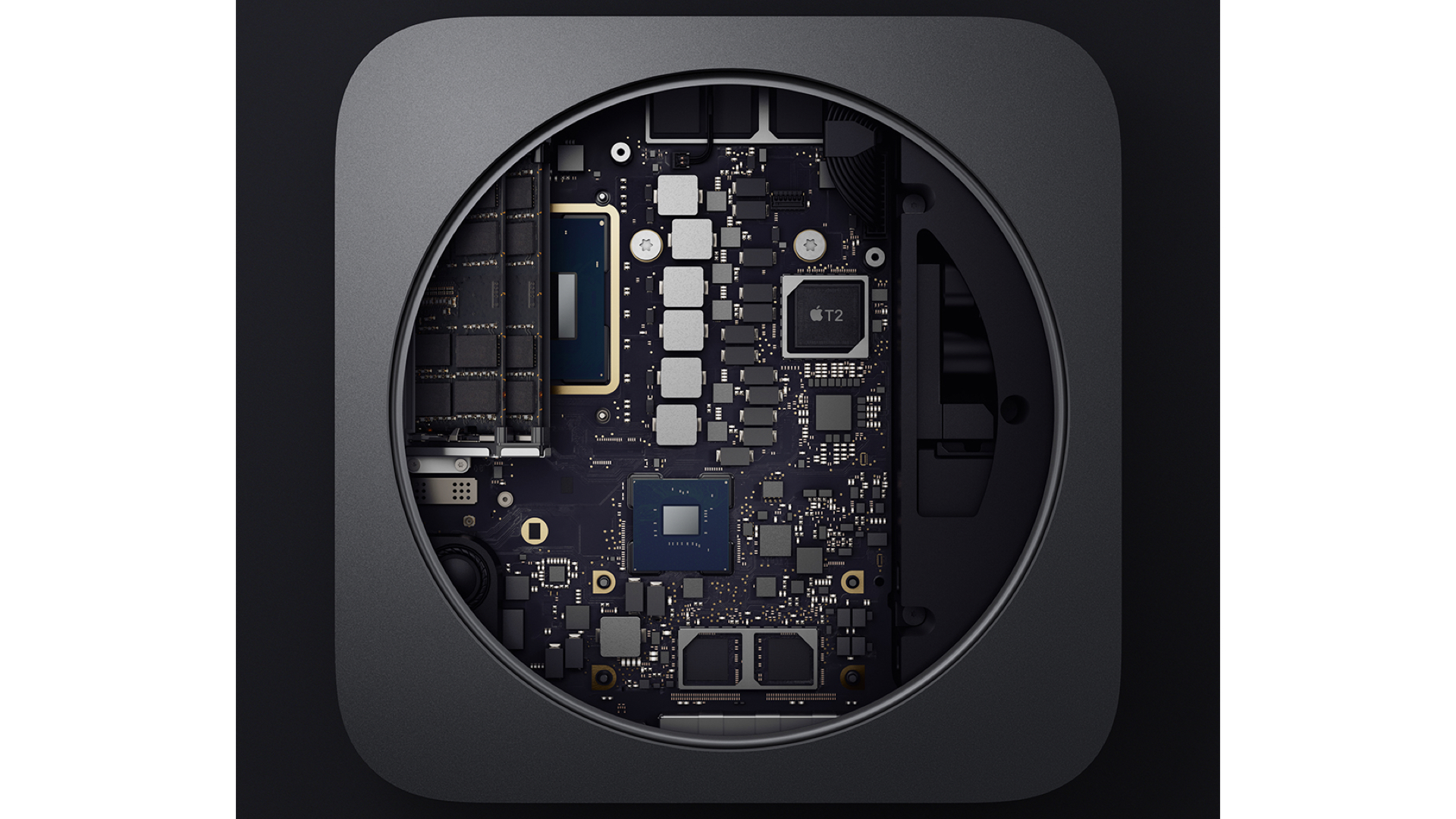
For over a decade, Apple gradually upgraded the Mac Mini’s internal components but kept the general design and purpose relatively stable. That changed dramatically in 2018 when Apple released a powerful new version aimed squarely at professional users.
And now in 2024: The M4 Mac mini
Today, Apple unveiled the all-new Mac mini powered by the M4 and new M4 Pro chips, and it redesigned the design around Apple silicon to pack an incredible amount of performance into an even smaller form of just 5 by 5 inches. With M4, Mac mini delivers up to 1.8x faster CPU performance and 2.2x faster GPU performance over the M1 model.1 With M4 Pro, it takes the advanced technologies in M4 and scales them up to tackle even more demanding workloads. For more convenient connectivity, it features front and back ports, and for the first time includes Thunderbolt 5 for faster data transfer speeds on the M4 Pro model. The new Mac mini is also built for Apple Intelligence, the personal intelligence system that transforms how users work, communicate, and express themselves while protecting their privacy. And marking an important environmental milestone, the Mac mini is Apple’s first carbon-neutral Mac with an over 80 percent reduction in greenhouse gas emissions across its materials, manufacturing, transportation, and customer use.2 Starting at just $599 with 16GB of memory, the new Mac mini is available to pre-order today, with availability beginning November 8.
The new Mac mini delivers gigantic performance in an unbelievably small design thanks to the power efficiency of Apple silicon and an innovative new thermal architecture. Combined with the performance of the M4 and the new M4 Pro chip, enhanced connectivity on both the front and back, and the arrival of Apple Intelligence, the Mac mini is more capable and versatile than ever, and there is nothing else like it.John Ternus, Apple’s senior vice president of Hardware Engineering
50% of the size
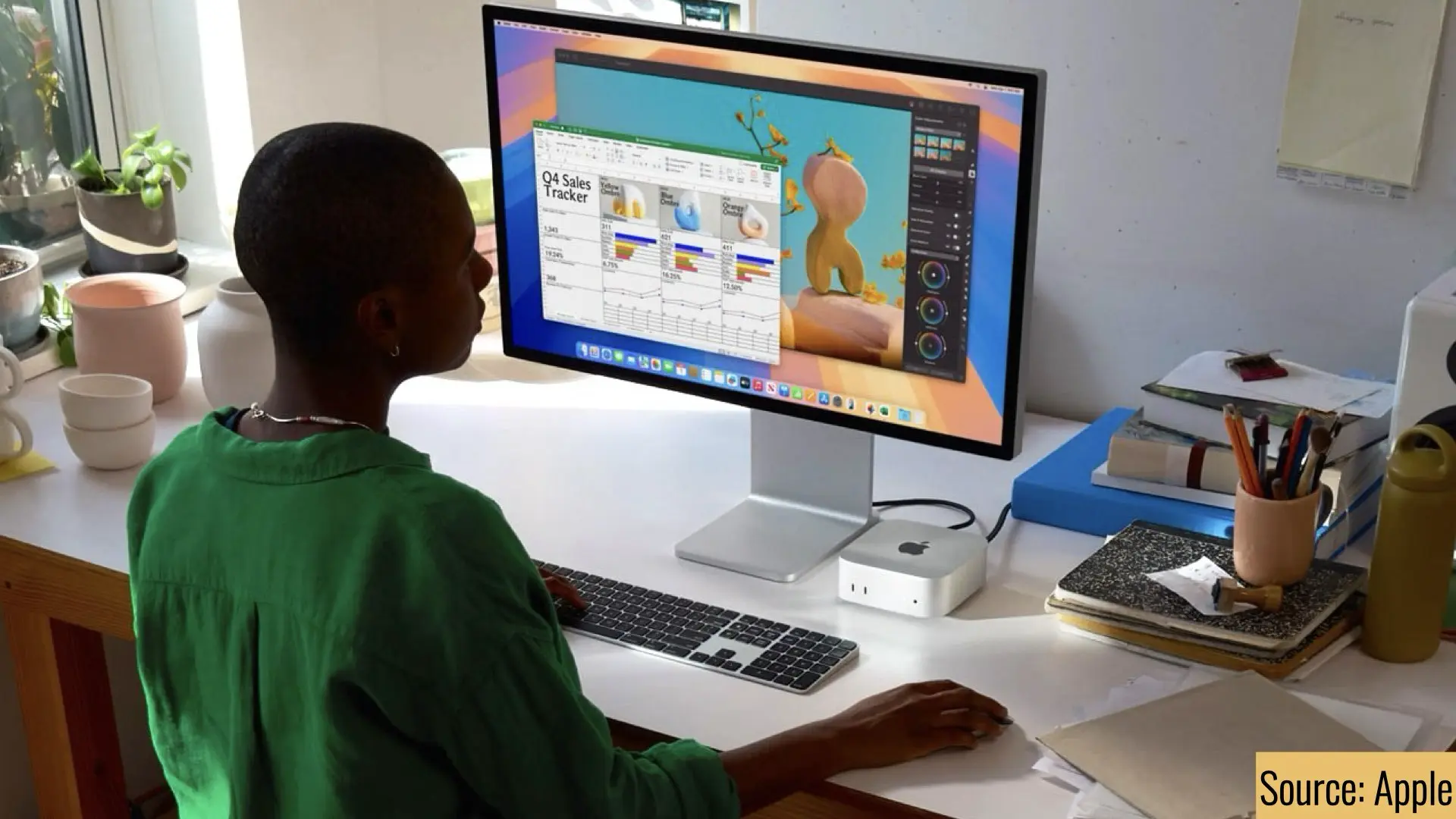
Apple’s 2020 shift from Intel processors to its custom Apple Silicon marked a defining moment in Mac Mini’s history. The Mac Mini was one of the first devices to sport Apple’s M1 chip, a leap forward in efficiency and power.
Comparisons of Mac mini
- Applies up to 2.8x more audio effect plugins in a Logic Pro project.
- Delivers up to 13.3x faster gaming performance in World of Warcraft: The War Within.
- Enhances photos with up to 33x faster image upscaling performance in Photomator.
When compared to the Mac mini with M1, Mac mini with M4:
- Performs spreadsheet calculations up to 1.7x faster in Microsoft Excel.
- Transcribes with on-device AI speech-to-text up to 2x faster in MacWhisper.
- Merges panoramic images up to 4.9x faster in Adobe Lightroom Classic.

Introducing M4 Pro
For users who want pro-level performance, the Mac mini with M4 Pro features the world’s fastest CPU core5 with lightning-fast single-threaded performance. With up to 14 cores, including 10 performance cores and four efficiency cores, M4 Pro also provides phenomenal multithreaded performance. With up to 20 cores, the M4 Pro GPU is up to twice as powerful as the GPU in M4, and both chips bring hardware-accelerated ray tracing to the Mac mini for the first time. The Neural Engine in M4 Pro is also over 3x faster than in Mac mini with M1, so on-device Apple Intelligence models run at blazing speed. M4 Pro supports up to 64GB of unified memory and 273GB/s of memory bandwidth — twice as much bandwidth as any AI PC chip — for accelerating AI workloads. And M4 Pro supports Thunderbolt 5, which delivers up to 120 Gb/s data transfer speeds on Mac mini, and more than doubles the throughput of Thunderbolt 4.
Comparisons of M4
- Performs spreadsheet calculations up to 4x faster in Microsoft Excel.
- Executes scene-edit detection up to 9.4x faster in Adobe Premiere Pro.
- Transcribes with on-device AI speech-to-text up to 20x faster in MacWhisper.
- Processes basecalling for DNA sequencing in Oxford Nanopore MinKNOW up to 26x faster.
- Applies up to 1.8x more audio effect plugins in a Logic Pro project.
- Renders motion graphics to RAM up to 2x faster in Motion.
- Completes 3D renders up to 2.9x faster in Blender.

Upgraded connectivity and display support
The new Mac mini features a wide array of ports to drive any setup. It includes front-facing ports for more convenient access, including two USB-C ports that support USB 3, and an audio jack with support for high-impedance headphones. On the back, the Mac mini with M4 includes three Thunderbolt 4 ports, while the Mac mini with M4 Pro features three Thunderbolt 5 ports. Mac mini comes standard with Gigabit Ethernet, configurable up to 10Gb Ethernet for faster networking speeds, and an HDMI port for easy connection to a TV or HDMI display without an adapter. With M4, the Mac mini can support up to two 6K displays and up to one 5K display, and with M4 Pro, it can support up to three 6K displays at 60Hz for a total of over 60 million pixels.
The first carbon-neutral Mac
Pricing and availability
Customers can pre-order the new Mac mini with M4 and M4 Pro starting today, Tuesday, October 29, on Apple stores and in the Apple Store app in 28 countries and regions, including the U.S. It will start arriving to customers, and in Apple Store locations and Apple Authorized Resellers, beginning Friday, November 8. Mac mini with M4 starts at $599 (U.S.) and $499 (U.S.) for education. Mac mini with M4 Pro starts at $1,399 (U.S.) and $1,299 (U.S.). You can see all the options, and pre-order yours in the B&H store.
Initial thoughts
Today’s unveiling of the M4 Mac Mini represents Apple’s continued commitment to empowering creators with compact, high-performance machines. Building on the success of the M1 and M2 chip upgrades, the new M4 version promises even greater computational and graphics power, potentially redefining what’s possible in a small form factor. Early specs reveal substantial improvements in speed, efficiency, and GPU capabilities—enhancements that could make the M4 Mac Mini an even more attractive option for professional video editing, rendering, and creative workflows. For video professionals and creators, this could mean faster exports, smoother playback of 8K footage, and the ability to manage complex projects without lag or compromise. With these initial impressions, the M4 Mac Mini may push the boundaries of what the Mac Mini can achieve in the professional world, standing as a (very!) compact powerhouse capable of tackling demanding creative tasks in ways previously reserved for much larger systems. Would you be using this new M4 Mac mini in your workflow?

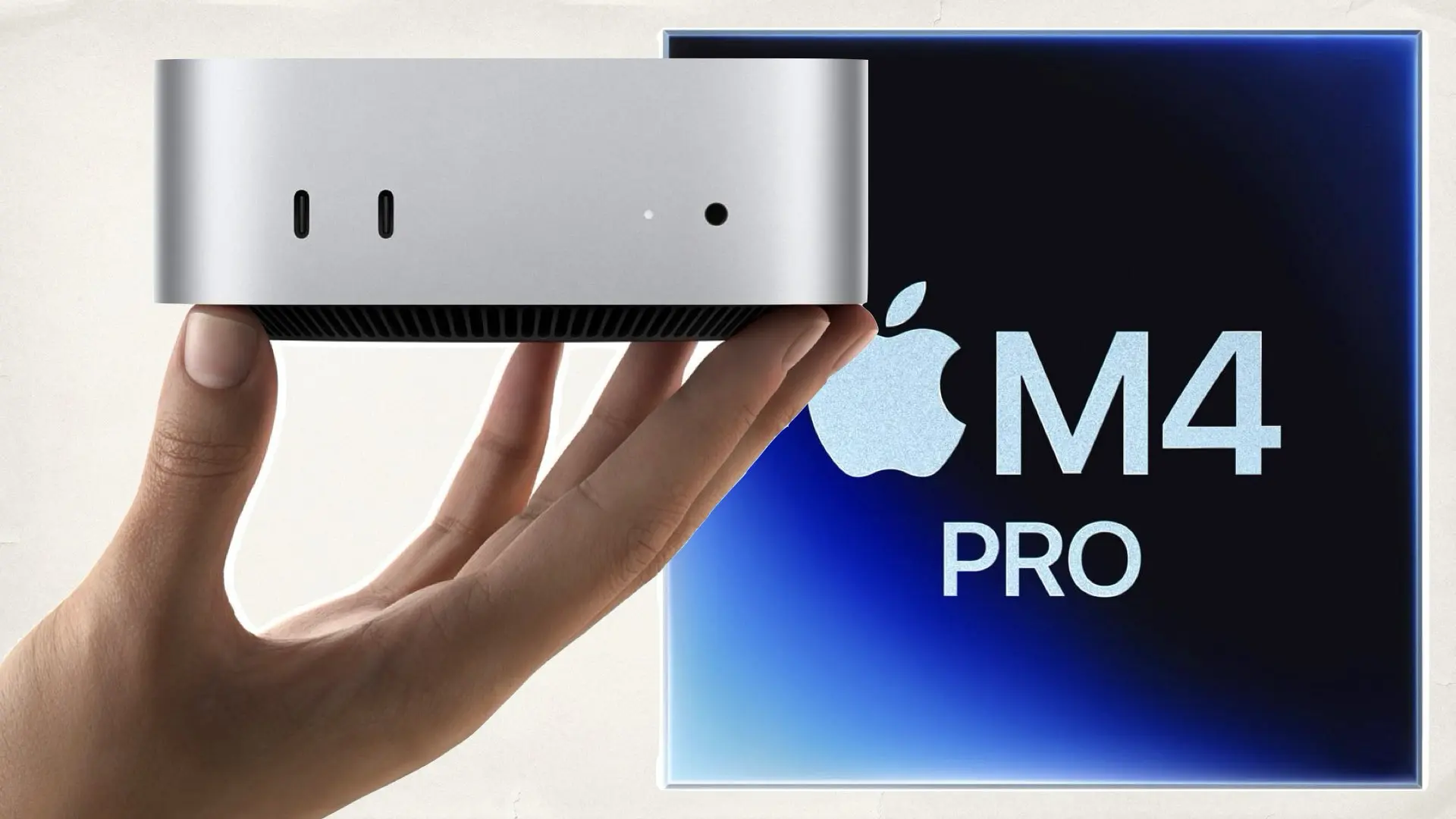
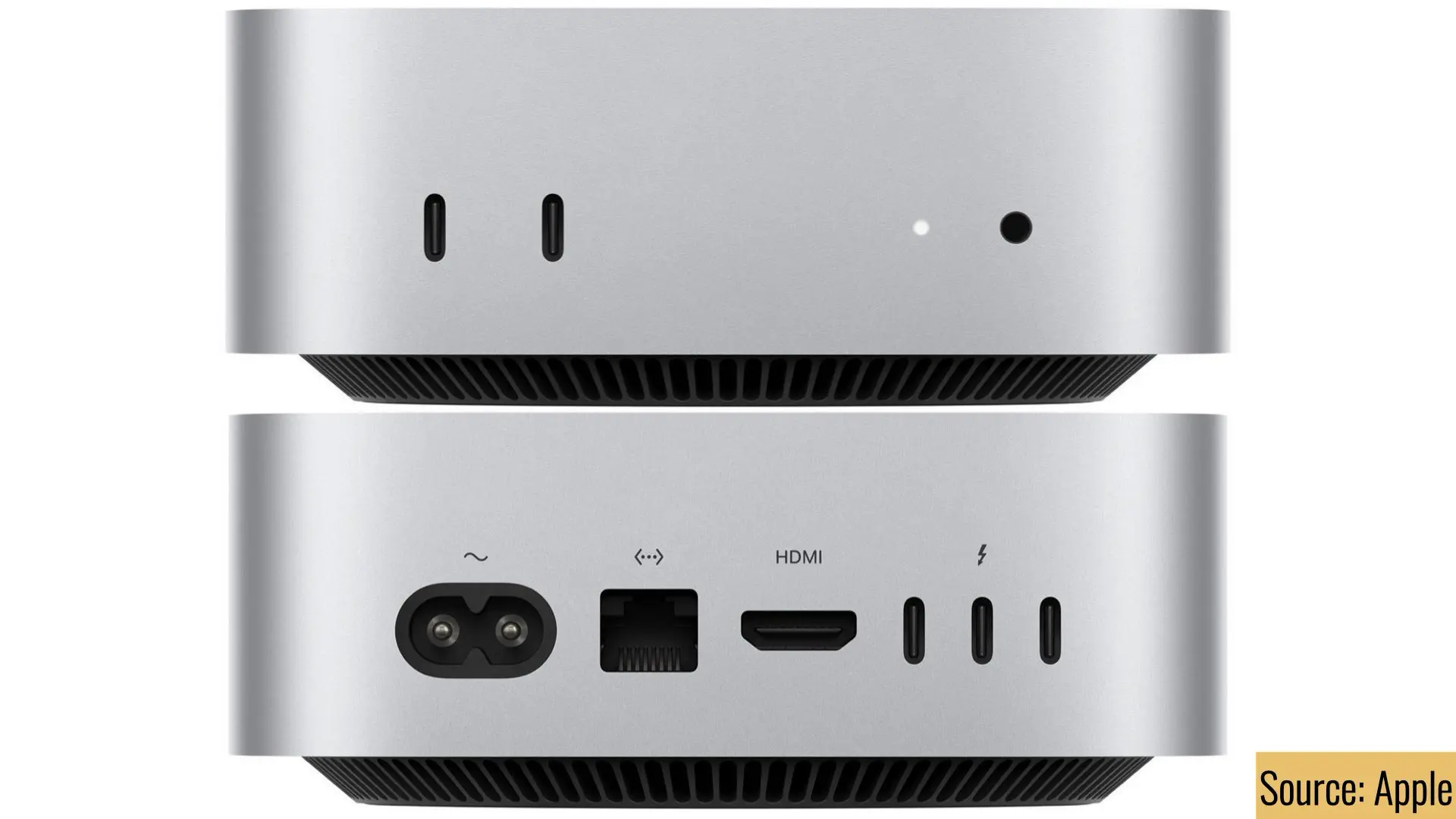
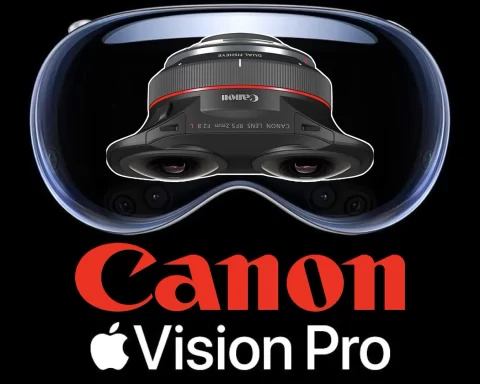
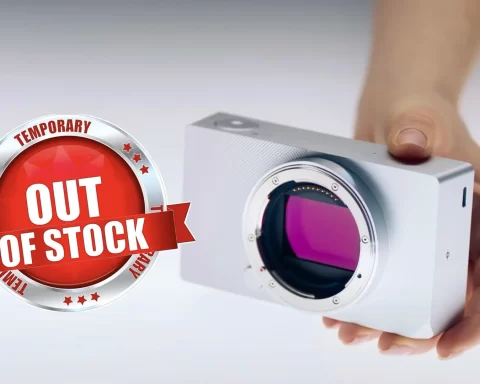
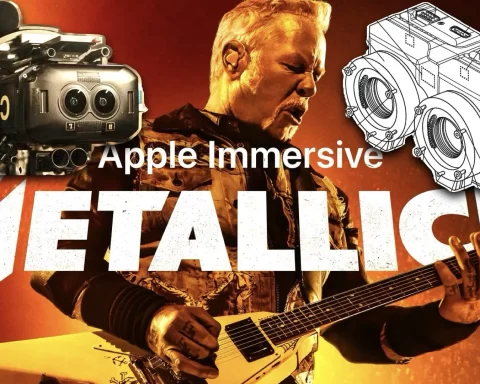
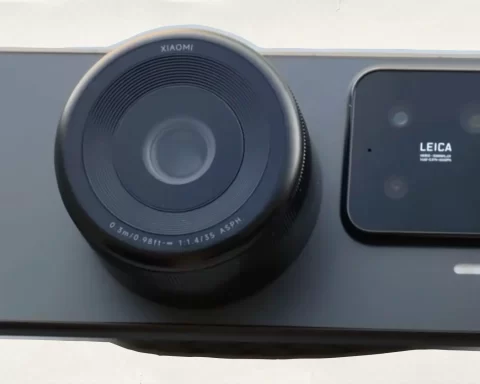
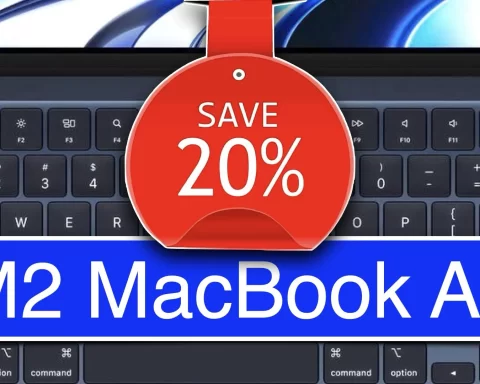
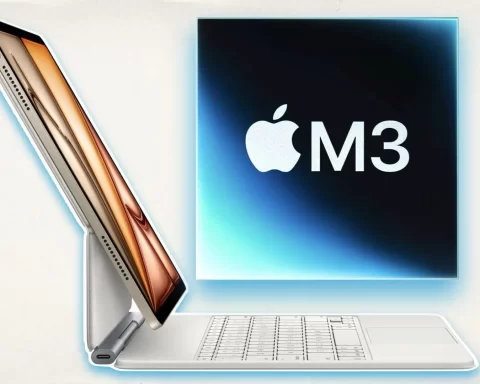

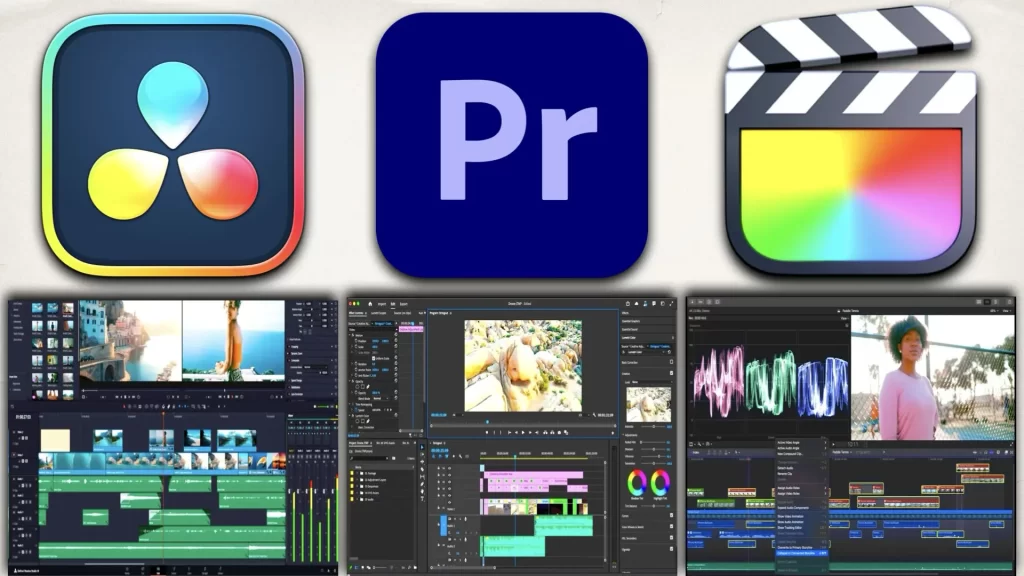
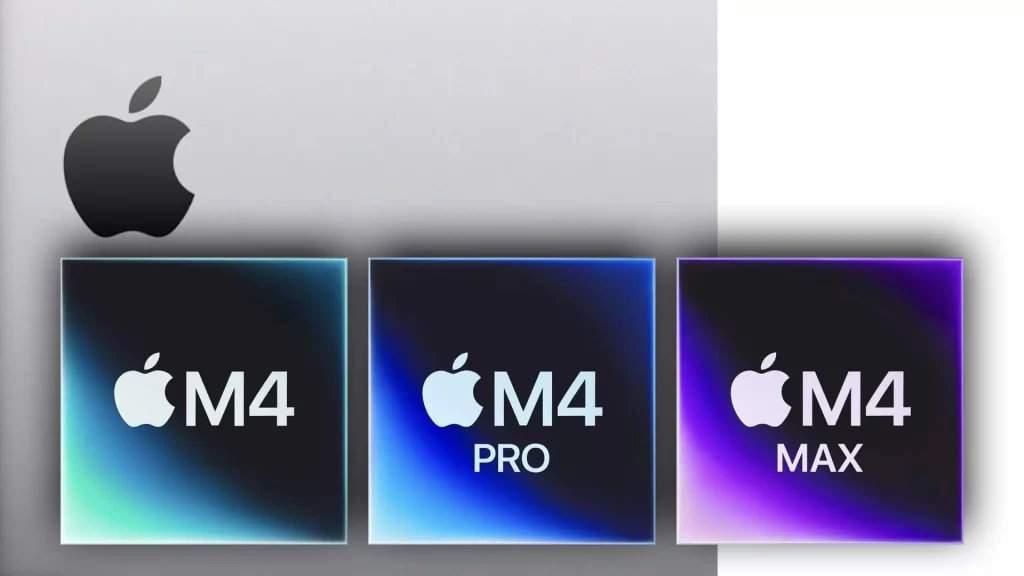

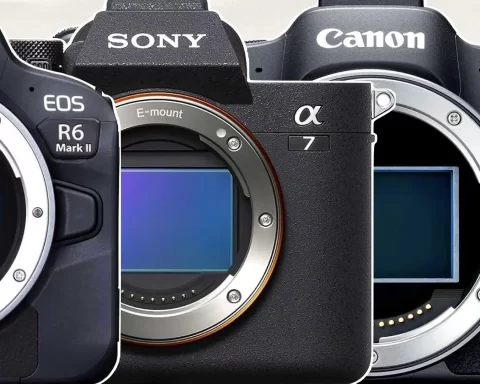
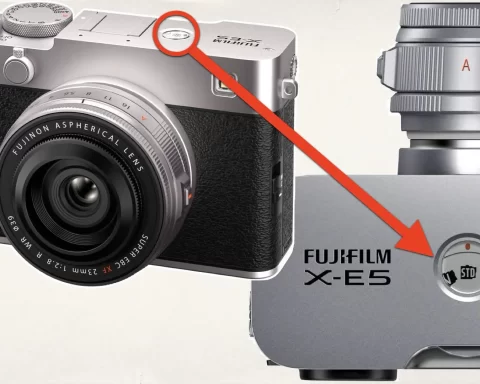

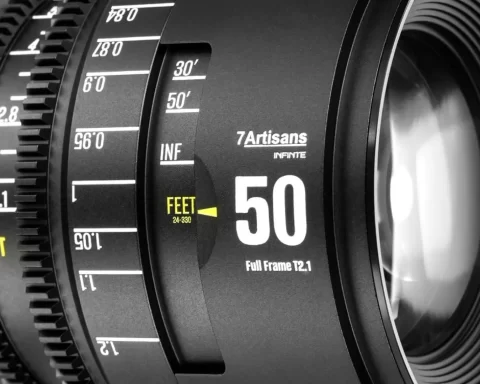


Unfortunately, since the elimination of optical discs preventing movement to better bluray formats, in their computers (long memory about this: safer data exchange, more secure and long lasting backup, and secure applications storage format in emergency to reinstall and continue on working, as Internet access will not always be there, or last forever. We could also have done with the post 128GB formats lasting a lifetime, with 100 TB to 600TB coming. Now, if supported at all, it contributes to the pile of junk you need on your desktop with your little system, rather than a complete all in one system with all interfaces and IO).
We got that install over Internet only, and now AI. None of which I trust for privacy. Now, the machine could be hacked adjusted to have the AI describe your confidential data, actions and secret investigative documentary footage, and send that in very short bursts, less than the size of a text description (kilobytes per second to even kilobits), without you noticing, over the Internet. In business, you always need to maintain an air gapped system, as much as is practical.
We need to get Linux alternatives, with an industry minimum specification standard of software feature, and hardware and security support. With industry developed free software feature layer, to maintain a secure air gapped system if the content creator needs it. We are at a stage that such systems can be of similar size, act as the display stand or attach to the back of the display, or as a small box with every interface and drive on it, without the content house or developer, being trapped. With open media exchange formats.